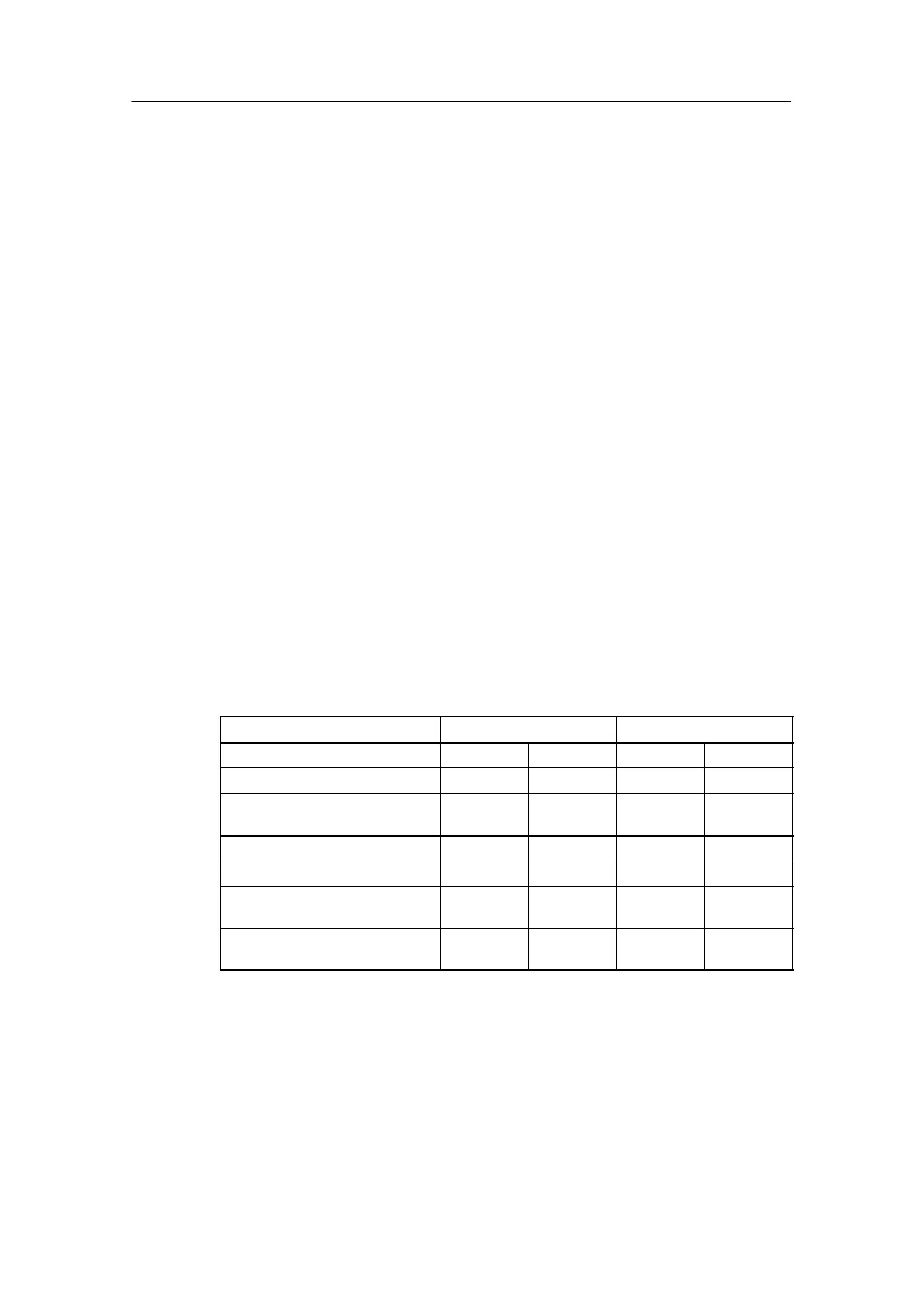Configuration Variants of the S7-400
6-10
Automation System S7-400 Configuration and Use
A5E0044271 1-02
6.6 S7-400 Assembly in Multiple Racks
Introduction
If you need more than 16 modules (signal, function and communication modules)
in your automation task, you can install the S7-400 in multiple racks and
interconnect them using interface modules (IM).
Remote interfacing and local interfacing are used to assemble an S7-400,
depending on the interface modules used to connect the expansion devices with
the central controller.
Local Interfacing
Local interfacing is suitable for small plants in which the I/O is located in the vicinity
of the central controller. This can be built with or without current transfer, based on
the functionality and current demands of the modules in the connected expansion
device.
Remote Interfacing
The effort required for cabling the I/O and the susceptibility of the connections
increases in large, extensive plants. Such scenarios demand remote interfacing,
where the distance between the central controller and the most remotely located
expansion device can reach up to 605 m.
Table 6-1 Characteristics of Local and Remote Interfacing
Local interfacing Remote interfacing
Send IM 460-0 460-1 460-3 460-4
Receive IM 461-0 461-1 461-3 461-4
Maximum number of connectable
EDs per line
4 1 4 4
Maximum distance 5m 1.5 m 102.25 m 605 m
5 V transfer No Yes No No
Maximum current transfer per in-
terface
- 5A - -
Use of modules that use the C
bus(e.g.FMs,CPs)
Yes No Yes No

